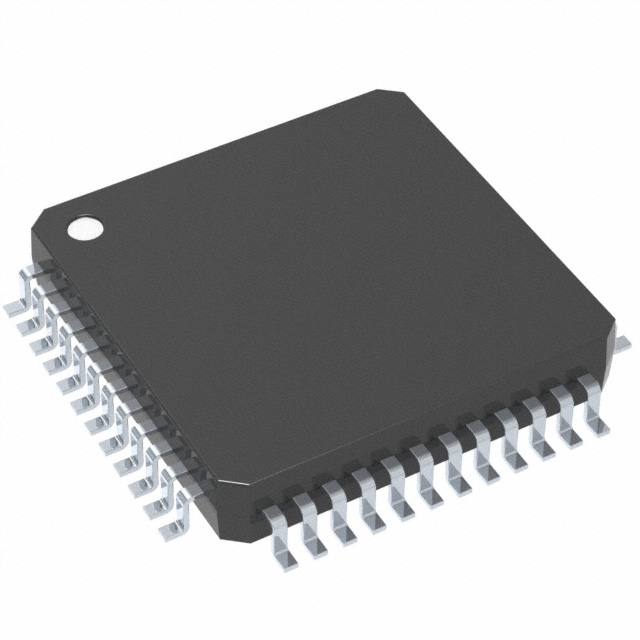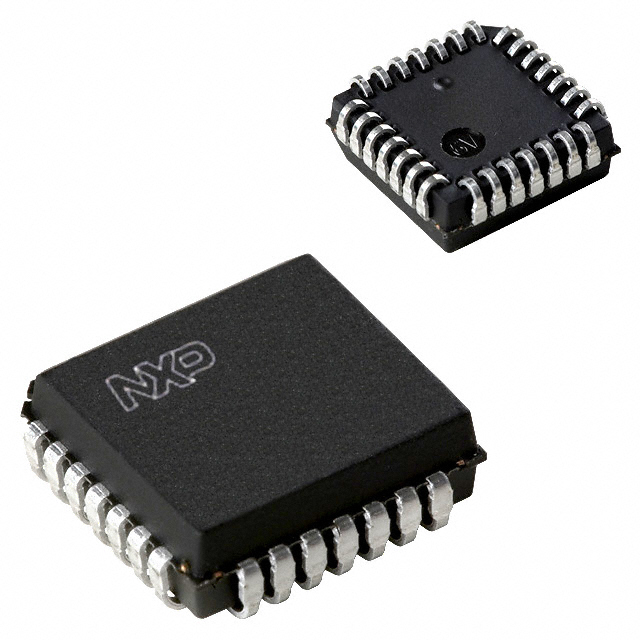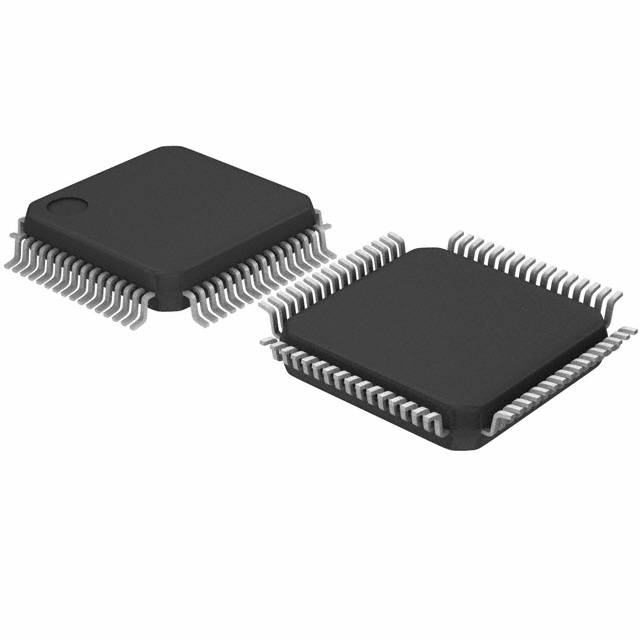R5F10ALFKFB#X5
Manufacturer No:
R5F10ALFKFB#X5
Manufacturer:
Description:
IC MCU 16BIT LFQFP
Datasheet:
Delivery:





Payment:




In Stock : 0
Please send RFQ , we will respond immediately.









R5F10ALFKFB#X5 Specifications
-
TypeParameter
-
Supplier Device Package-
-
Package / Case-
-
Mounting Type-
-
Operating Temperature-
-
Oscillator Type-
-
Data Converters-
-
Voltage - Supply (Vcc/Vdd)-
-
RAM Size-
-
EEPROM Size-
-
Program Memory Type-
-
Program Memory Size-
-
Peripherals-
-
Connectivity-
-
Speed-
-
Core Size-
-
Core Processor-
-
DigiKey ProgrammableNot Verified
-
PackagingTape & Reel (TR)
-
Product StatusObsolete
-
Series-
The 74LVC1G384GW,125 is a single buffer/driver with open-drain output integrated circuit chip. Some advantages and application scenarios of this chip are:Advantages: 1. Low power consumption: The chip operates at a low voltage range of 1.65V to 5.5V, making it suitable for battery-powered devices and low-power applications. 2. High-speed operation: It has a high-speed propagation delay, allowing for quick signal transmission and response times. 3. Small package size: The chip is available in a small SOT753 package, making it suitable for space-constrained applications. 4. Open-drain output: The open-drain output allows for flexible interfacing with other devices and can be used for wired-OR configurations.Application scenarios: 1. Level shifting: The chip can be used to shift the logic levels of signals between different voltage domains, enabling communication between devices operating at different voltage levels. 2. I2C bus interface: The open-drain output of the chip makes it suitable for implementing the I2C bus protocol, which is commonly used for communication between microcontrollers and peripheral devices. 3. Pull-up resistor: The open-drain output can be used in conjunction with an external pull-up resistor to create a bus with multiple devices sharing a common signal line. 4. Signal buffering: The chip can be used to buffer and amplify signals, ensuring proper signal integrity and driving capability for downstream devices. 5. General-purpose logic level conversion: The chip can be used in various digital logic applications where level shifting or buffering is required, such as in data communication systems, industrial automation, and consumer electronics.It is important to note that the specific application and advantages of the chip may vary depending on the overall system requirements and design considerations.
R5F10ALFKFB#X5 Relevant information
-

LM3S8538-IQC50-A2
Texas Instruments -

LM3S1937-IQC50-A2
Texas Instruments -

LM3S1637-IQC50-A2
Texas Instruments -

LM3S1635-IQC50-A2
Texas Instruments -

LM3S1332-IQC50-A2
Texas Instruments -

LM3S1165-IQC50-A2
Texas Instruments -

LM3S1162-IQC50-A2
Texas Instruments -

LM3S1133-IQC50-A2
Texas Instruments -

LM3S308-IQN25
Texas Instruments -

P89LPC936FA,529
NXP USA Inc.







